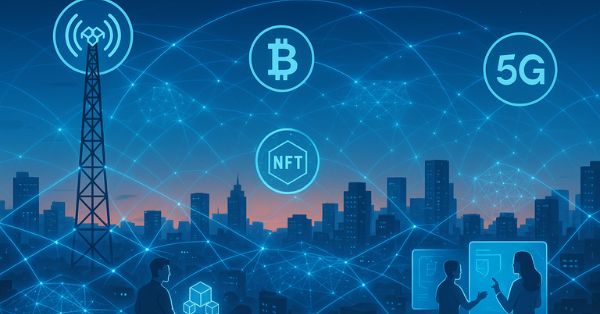At the MWC23 Barcelona media roundtable, operator executives highlighted the need for enterprises to utilize mmWave 5G indoors – a move that would be in stark contrast to today’s tendency of deploying it outdoors.
At the round table conference, Juan Cambeiro, head of 5G customer innovation at Telefonica, expressed that logistics and industry have broad prospects for mmWave deployments by enterprises. According to him, enterprises want to use the spectrum for “command of any and all things in motion,” including automated route optimization of robots through factory floors with onboard cameras. Cambeiro went on to explain that mmWave provides businesses the capacity to remove cabling within factories while also offering more bandwidth and security than simply going with Wi-Fi. For maximum mobility and reconfiguration, there is a need for wireless communications that are both low-latency and dependably reliable.
According to Verizon VP of device technology Brian Mecum, the company has deployed mmWave across more than 40,000 locations due to enterprise demands for immediate accessibility. He mentioned that enterprises are now aware that Wi-Fi doesn’t provide them with flexibility and security anymore; thus, they’ve shifted their interests towards connecting macro networks with voice integration using existing phone numbers. Mecum also added, “IT groups don’t want to manage Wi-Fi.”
Cambeiro believes that mmWave could bring TV and video to companies, replacing the need for special installation or equipment. This technology even has the potential to create a digital replica of an organization’s operations – referred to as a “digital twin.” However, he understands that this process may take some time since many businesses will have to go through digitization before they can fully use these services.



























